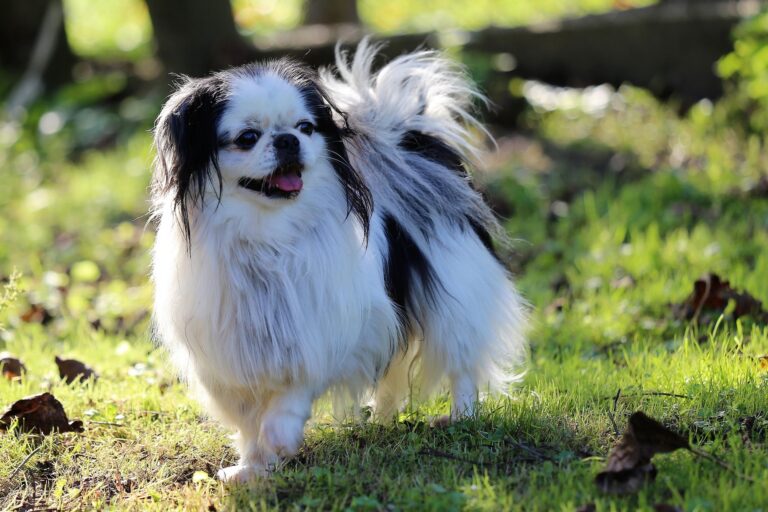From Butcher’s Dog to Beloved Pet: The Rottweiler Story
The Rottweiler has been a police dog, a cattle herder, a family protector, and even a goofy sidekick. These dogs have been misunderstood throughout the years. Many people view them as dangerous, large dogs. But look deeper, and they are gentle, goofy dogs that love to spend time with their family. Affectionate, smart, and deeply loyal, the Rottweiler dog breed is an amazing canine.
History of the Breed
If we look at the Rottweiler dog breed overview, its history dates back to the Roman Empire. There, the story of this beloved pet began. They marched alongside legions, driving cattle and guarding outposts. And as the Roman army moved to the north, the dogs eventually settled in what is now southern Germany.
Their story took a different turn in the town of Rottweil. They found jobs as assistants to butchers, helping transport meat and guard money pouches tied to their collars. At the time, Rottweilers were prized for their strength, focus, and loyalty.
But as trains replaced cattle drives, there was no need for this type of dog. Their population dipped, and it wasn’t until the early 20th century that the Rottweiler puppy gained popularity. They made a comeback as police dogs.
What Do Rottweilers Look Like?
Now, let’s move to the appearance of this mighty breed. You cannot miss them in a crowd. Built like tanks, they are muscular, stocky, and solid on their feet. They typically weigh between 80 and 135 pounds and stand 22 to 27 inches tall at the shoulder, with males usually on the larger side.
On the outside, their short and double-layered coat comes in black color, with clearly defined rust or mahogany markings above the eyes, on the legs, and on the chest. Rottweilers have a broad head and confident expression. Despite their serious dogs and expressive eyes, these watchdogs are not dangerous. They are not aggressive, nor will they attack without being prompted to do so.

Personality Traits, More than Muscle
Confident and self-assured, Rottweilers are calm when surrounded by familiar people. Yet, they will turn their alert on when something seems off. Remember, they are guard dogs, and that is an instinct that remains in them, despite years of domestication as a pet.
While they are guard dogs per se, they will not go looking for trouble. However, the moment they sense a threat, they will step in fast.
But if you look deeper, there is more to this puppy than its strong bark. They can be silly, playful, and sensitive. In the family, they form strong bonds with their people. Here is a surprising fact. Despite being guard dogs, they don’t do well when left alone for long periods.
Instead, they are Velcro dogs that thrive on firm but fair leadership.
Training and Socialization
Rottweilers are sharp. They learn quickly, love having a job to do, and enjoy mental challenges as much as physical ones. But with that intelligence comes a strong will. Without proper direction, a Rottie might decide to make its own rules — and they’re not shy about testing boundaries.
Early socialization and firm, but fair leadership are key to raising a happy puppy. Expose them early on to different people, animals, sounds, and environments. With positive socialization, the Rottweiler dog breed will grow into a balanced adult.
As for training, use positive reinforcement. They are mostly food-motivated. You can even enroll in training classes, as they thrive on structured learning. It builds trust and keeps their sharp mind engaged.
How Much Exercise Do They Need?
Rottweilers aren’t couch potatoes. While they’re not as hyperactive as some working breeds, they do need regular activity to stay happy and healthy.
Try to get them at least an hour of exercise a day. You can combine brisk walks, playing fetch, agility training, or even pulling carts. Without enough movement and stimulation, boredom can turn into chewing, digging, or barking.
Grooming and Care
Rottweilers have a short, yet dense coat. Because they have a double coat, they can shed quite a lot. You will be surprised how a short-coated dog can shed as much hair as the Rottweiler. Baths are necessary only when they get into something messy. Weekly brushing will do wonders for your dog’s shiny coat.
Common Health Concerns
While great dogs, Rottweilers are not the healthiest ones. Similar to other large breeds, they are prone to several health risks, including:
- Hip dysplasia
- Elbow dysplasia
- Heart issues like aortic stenosis
- Cancers and eye conditions
Get your puppy from a reputable and responsible breeder and ask for health screening of the parents.
Rottweiler dogs live between 9 and 11 years, but with regular checkups, good nutrition, and an active lifestyle, you can prolong their life.
Should You Get One?
This breed isn’t for everyone. Rottweilers do best with people who can commit time to training, provide structure, and offer plenty of exercise and companionship. They don’t respond well to people who are inconsistent or nervous around them — they’ll sense it and push back.
If you’re confident, patient, and ready to invest in raising a respectful, well-rounded dog, a Rottweiler can be one of the most rewarding breeds to live with. Just make sure to work with ethical breeders or rescues that understand the breed and care about proper placement.

Famous Rottweilers in Pop Culture
- Carl from Good Dog, Carl – This children’s book series features a gentle Rottweiler who secretly babysits a toddler. The illustrations helped shift public perception of the breed toward its softer, more nurturing side.
- Weiler from Entourage – In the HBO show, a Rottweiler named Arnold often stole scenes as the tough-guy pet of Ari Gold.
- Will Smith’s Rottweilers – The actor has often spoken fondly of his Rottweilers, describing them as disciplined, loving members of his family.
Fun Facts about Rottweilers
- They have a herding background. It’s easy to think of Rottweilers only as guard dogs, but they were originally used to drive cattle. Some still retain the herding instinct today.
- They’re natural swimmers. Despite their bulky build, many Rottweilers enjoy water and can swim well. Always supervise them around pools or lakes, especially if they’re not used to it.
- They’ve served in the military. During both World Wars, Rottweilers were used as messenger dogs, ambulance assistants, and guard dogs.
- They’re known for their “Rottie lean.” This is when they lean against your leg as a sign of affection. It’s like a full-body hug — and with their size, you’ll definitely feel it!
Final Words
Now that we have taken a look at everything the Rottweiler dog breed has to offer, it is up to you to decide whether you want one. These dogs are confident, deeply devoted, and courageous. Yet, they are not for everyone. In the right hands, Rottweilers shine. But without early guidance, socialization, daily activity, and proper training, they can be a handful. If you are ready for the responsibility, they will reward you with a partner who will stand by your side through anything.







